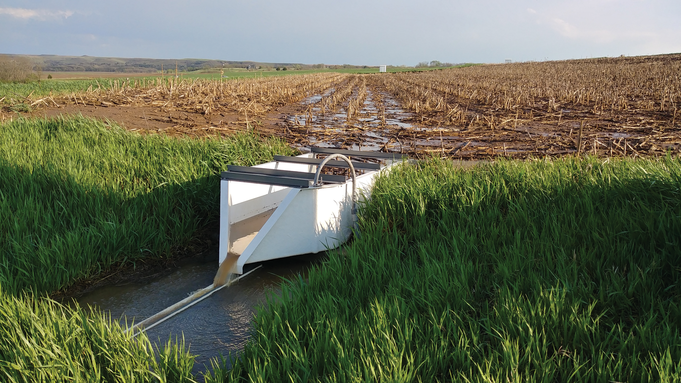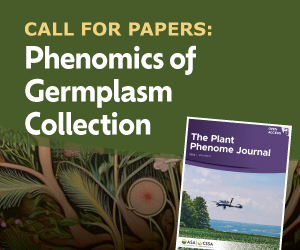Comparing Conservation Practices’ Affects on Yield, Cost, and Water Quality

Sediment and phosphorus (P) loss from agricultural fields can degrade water quality by increasing turbidity and promoting algal blooms. Producers are often encouraged to implement conservation practices to protect water quality but may be concerned they will boost costs or reduce yield. Agencies looking to incentivize the practices may not know which ones to promote.
Researchers set out to evaluate the effects of two common conservation practices, P fertilizer management and cover crops, on yield and net returns relative to their effects on P and sediment loss. They measured production costs, crop yield, sediment loss, and P loss over four years from no-till corn and soybean production. They used three different P fertilizer management systems, each with and without a small-grain winter cover crop. The most profitable system was fall-broadcast P fertilizer with no cover crop, which also had the greatest P loss and among the greatest sediment loss. The least expensive method of reducing dissolved reactive P loss in surface runoff was spring-injected P fertilizer application without a cover crop.
The data indicate that P fertilizer management practices are more cost-effective at reducing P loss compared with cover crop use.
Adapted from Nelson, N.O., Roozeboom, K.L., Yeager, E.A., Williams, JR., Zerger, S.E., ... & Carver, R.E. (2022). Agronomic and economic implications of cover crop and phosphorus fertilizer management practices for water quality improvement. Journal of Environmental Quality, 52, 113–125. https://doi.org/10.1002/jeq2.20427
Text © . The authors. CC BY-NC-ND 4.0. Except where otherwise noted, images are subject to copyright. Any reuse without express permission from the copyright owner is prohibited.











